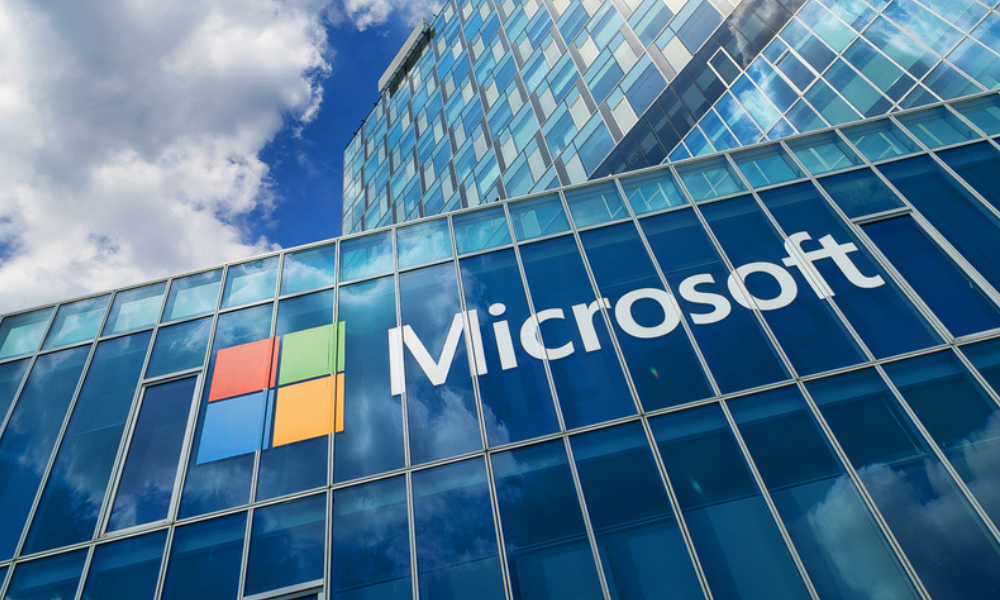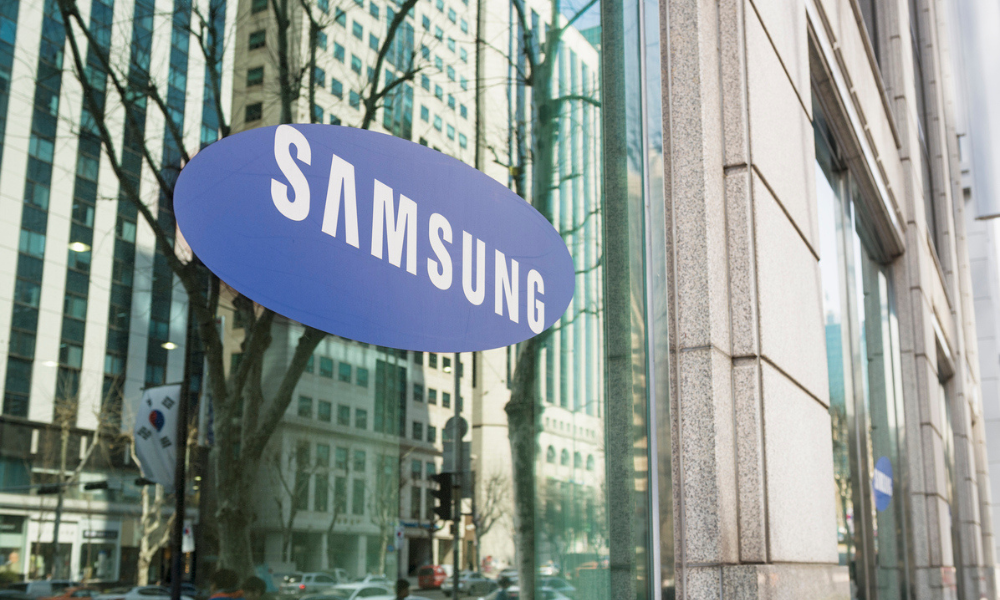HR’s standing in business is on the rise, but it’s vital that it has the tools required to deliver services more effectively

HR’s standing in business is on the rise, but it’s vital that it has the tools required to deliver services more effectively. HRD chats to Sage to gain insights into the next steps in HR's evolution
Q: How does Sage view HR’s progression from administrators to strategic players?
A: In many organisations, the HR manager faces a dilemma. You’d like to spend more time truly improving the overall work environment for your employees. You want to help company management to find ways to save on workforcerelated costs, to find and hire better talent, and to improve existing talent through training and development. But most days you are stuck doing paperwork. The routine administration involved in day-to-day HR operations drains away the majority of your available time and energy. Research by Ed Lawler and John Boudreau* from the Center of Effective Organizations found that, on average, over 50% of an HR department’s time is spent processing employee information and answering questions.
Q: HR is accustomed to managing people with the assistance of multiple platforms, but in 2017 this isn’t required, is it?
A: HRMS and payroll can be integrated into a single employee view, offering the following features and allowing employees and HR professionals to manage their own personal progress and information:
- employee self-service portals to keep information current and accessible any time, anywhere, on any device
- flexible solutions designed for easy HR adoption, to practise in-house or be outsourced to a BPO
- always up to date with yearly legislation
- always up-to-date records of all your employees
- automatically calculates tax and statutory deductions
- e-payslips in accordance with local legislation for all employees
- business financial insights integrated with HRMS solutions
A well-planned HRMS can help you:
- reduce routine administration and paperwork
- automate core HR, benefits, and payroll processes for increased efficiency and productivity
- increase retention by providing a high level of service to employees
- easily create accurate, timely reporting and analysis
- enable harmonisation with all current accounting applications being used in the organisation to allow for fast and easy conformity
- reduce the cost of compliance and risks associated with increasingly complex and burdensome regulations, including the avoidance of fines, penalties, and costly litigation
This consolidated view of the business across multiple countries, and multiple companies and entities, at the click of a button will cover analytical details and give you insights into the trends of your company’s HR and payroll investments and opportunities, such as workforce performance, talent availability and job vacancies, which will allow you to make business decisions faster so that you capture business opportunities that come your way, for survival and success.
Q: How can an integrated HRMS/ payroll system help HR do their job more efficiently?
A: Implementing an HRMS eliminates much of the routine paperwork associated with HR. An HRMS automates the most manual and time-consuming human resources functions. This automation frees up valuable time that you can spend on more strategic initiatives.
Without an HRMS, most HR managers rely on paper to manage employee processes. It’s a struggle to track employee information using a combination of home-grown spreadsheets and office filing cabinets.
Hiring information, payroll records, benefit plan elections, and training certifications for a single employee might be stored in four or more different locations. This invites errors as information becomes lost and outdated. You must replicate each change to an employee’s data across several files. It becomes tedious, if not impossible, to create timely reports and analysis.
An HRMS improves accuracy and saves time by helping you keep all employee data in one place. It also provides standardised processes that you can adopt, giving your organisation more structure than you may have previously enjoyed. Because the data in an HRMS is centralised, there is no need to duplicate the data in order to use it for multiple tasks.
*Lawler, E. & Boudreau, J. (2010), Center for Effective Organizations at the University of Southern California. Retrieved from: http://ceo.usc.edu/news/ how_does_hr_spend_its_time_it.html
For further information on Sage’s suite of HRIS and payroll solutions visit www.sage.com/en-sg








